
- Massive Range
- FREE UK Delivery
- Rapid Dispatch
- Massive Range
- FREE UK Delivery
- Rapid Dispatch
- Massive Range
- FREE UK Delivery
- Rapid Dispatch
Menu
Home » Shining Through: Easy Techniques on How to Remove Rust from Metal
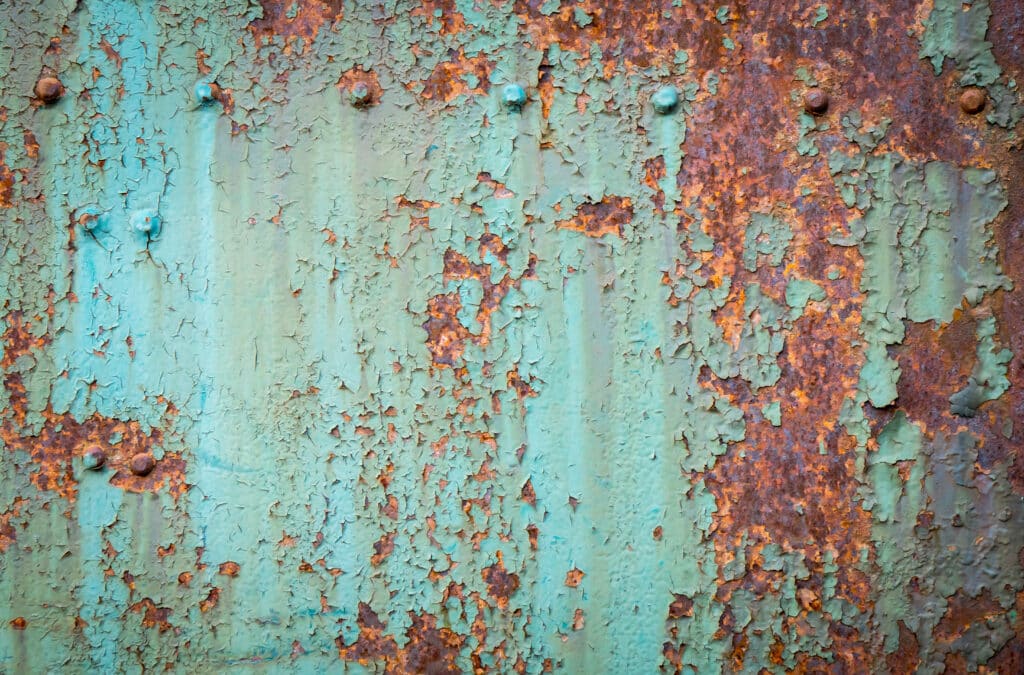
In the world of construction, machinery, and everyday appliances, metal plays an undeniable role. And for Speciality Metals it is an everyday chance for learning.
Our metals are sturdy, dependable, and offer a sleek finish. However, one major enemy of metal is rust. Rust, an iron oxide, is formed by the reaction of iron and oxygen in the presence of water or air moisture. The good news? With a little know-how and effort, it’s entirely possible to rid your metal items of this unsightly oxidation. In this guide, we’ll explore techniques to remove rust and shine a spotlight on some popular metals, detailing their unique characteristics.
Let’s get into it….
Rust isn’t just unsightly; it can deteriorate metal, compromising its strength and functionality. If you catch rust early and know how to revive and protect metals, you can greatly extend their lifespan. Here’s a detailed guide on how to breathe new life into rusted metals:
Start by cleaning the rusted area to remove dirt, grease, and other contaminants. Use a mixture of warm water and mild dish soap. This step ensures that subsequent treatments are more effective.

Wire Brushing: Suitable for large objects with significant rust. Scrubbing with a wire brush manually can help remove loose and flaking rust.
Sanding: For flat surfaces or where precision is required, sandpapers or a sander can be employed. Start with coarse-grit and move to finer grits to smooth out the surface.
Steel Wool: This is great for removing minor rust spots. Gently scrub the rusted area in a circular motion.
White Vinegar: Soak the rusted item in white vinegar for a few hours. The acetic acid will dissolve the rust. After soaking, scrub the item with a brush and then rinse it thoroughly.
Lemon and Salt: Sprinkle salt over the rusted area, then squeeze lemon juice over the salt. Allow it to sit for a couple of hours. Use the lemon rind to scrub off the rust.
Potato and Dish Soap: A potato contains oxalic acid which can dissolve rust. Cut the potato in half, dip the cut end in dish soap, and rub it over the rusted surface.
Rust-fighting solutions are available at hardware stores. Wear gloves and eye protection according to the manufacturer’s instructions.
Priming and Painting: Once rust is removed, consider applying a rust-inhibiting primer followed by paint. This forms a protective layer against moisture.
Oil or Wax: For items like tools, a thin coat of oil or wax can prevent rust. It creates a barrier, keeping moisture out.
Galvanization: For steel or iron, galvanization (coating with a layer of zinc) offers protection from rusting.
Anodizing for Aluminium: This process increases the thickness of the natural oxide layer on the metal’s surface, providing enhanced protection.
Electricity is used to reverse the rusting process. For antiques and intricate items where every detail needs to be preserved, this is a bit more technical.
Store Properly: Keep metal items dry. If they get wet, dry them immediately.
Control Humidity: Consider using dehumidifiers in areas where you store metal items.
Regular Checks: Inspect metal objects periodically to catch rust early.
Now, let’s explore techniques to remove rust and shine a spotlight on some popular metals that we offer, detailing their unique characteristics.
Aluminium: Lightweight and Resilient
Our Offerings: Aluminium Sheet Cut To Size, Aluminium Full Size Sheet, Aluminium Chequer Plate, Aluminium U Channel, Aluminium T Section, Aluminium Round Tube, Aluminium Flat Bar, Aluminium Angle
Its lightweight nature and resistance to rust make aluminium a popular material. Its surface, however, can oxidize, forming a thin layer of aluminium oxide that prevents further corrosion. It is possible for the metal underneath to corrode if this protective layer is scratched. Lemon juice and baking soda work wonders to treat this. The mixture should be applied, gently scrubbed, rinsed, and dried.


Stainless Steel: Shiny and Strong
Our Offerings: 304 Stainless Sheet Cut To Size, 304 Stainless Full Size Sheet, 430 Stainless Sheet Cut To Size, 430 Stainless Full Size Sheet, Stainless Steel Rectangular Tube, Stainless Steel Square Tube, 304 Stainless Steel Flat Bar, Stainless Steel Angle
The 304 and 430 varieties of stainless steel are known for their corrosion resistance. As a result of the chromium present, the surface is protected from further corrosion by a passive film of chromium oxide. Rust spots caused by contamination from other metals can be removed with a paste of baking soda and water applied with a soft cloth.
Mild Steel: Versatile and Economical
Our Offerings: Mild Steel Plate Cut To Size, Mild Steel Full Size Sheet, Mild Steel Rectangular Tube, Mild Steel Round Tube, Mild Steel Square Tube, Mild Steel Flat Bar, Mild Steel Angle
Even though mild steel has a wide range of uses, it is more prone to rust than its stainless steel counterpart. A household item such as vinegar can be used effectively to prevent mild steel from rusting. You may want to soak the rusted part in vinegar for a day or two in order to break down the rust, which will make it easier to scrub off.


Galvanised Steel: Toughened with Zinc
Our Offerings: Galvanised Steel Sheets Cut To Size, Galvanised Steel Full Size Sheet, Galvanised Steel Angle
Galvanised steel is steel that’s been coated with a layer of zinc, which acts as a barrier against rust. However, if the zinc coating is scratched, the steel underneath can rust. Combining cream of tartar and lemon juice can be effective in tackling rust on galvanised steel. Rinse after mixing, applying, and scrubbing gently.
Offering: Copper Sheet Metal, Copper Woven Wire Mesh
Even though copper is not an iron-based metal, it can still tarnish and corrode over time. The corrosion of the metal, called patina, can be greenish or brownish in color. A mixture of vinegar, salt, and flour can be applied to the surface to restore its shine. As long as this paste is left on for 15-60 minutes, it is capable of removing tarnish and restoring the copper’s shine.
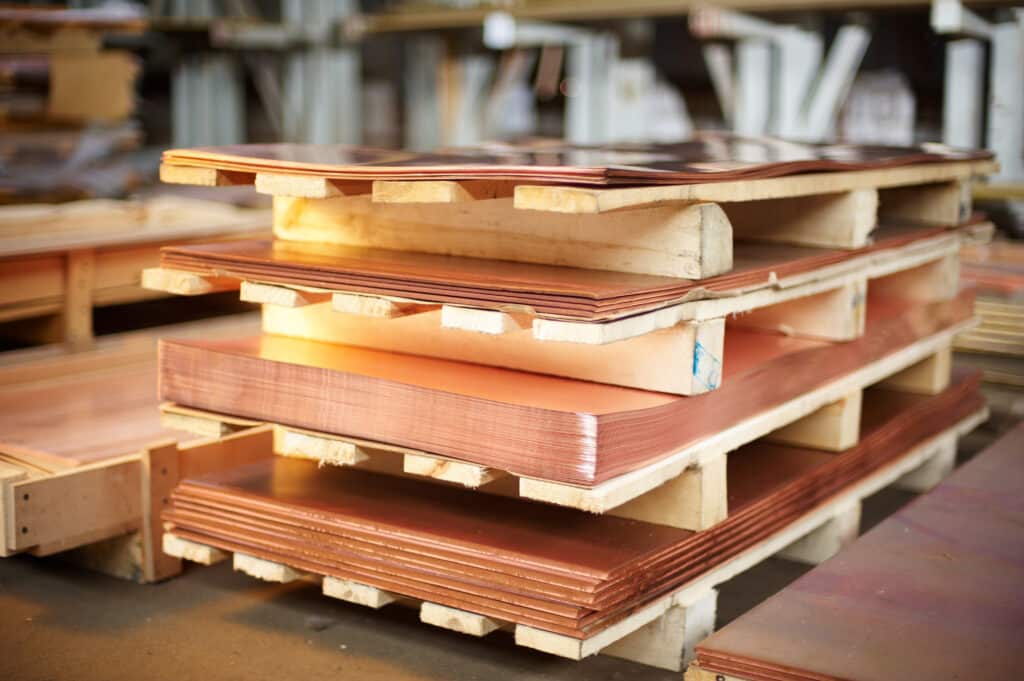
Even though rust is a metal’s nemesis, there’s no need to give up. Preventative care, timely interventions, and the right revival techniques can help your metal items resist rust and continue to serve their purpose. Regardless of whether you choose a natural solution, a commercial product, or a protective finish, the key is consistent care and awareness of your metal’s environment.
As always, thank you for checking out our blog. We hope that this helps you with your project.
Please also check out the other articles in our helpful guide series. We have written about aluminium sheeting and checker plate recently to name but two of our articles.
We are also proud to sell this product on our highly popular eBay store, check us out there too.
If you have any further questions, feel free to contact us.


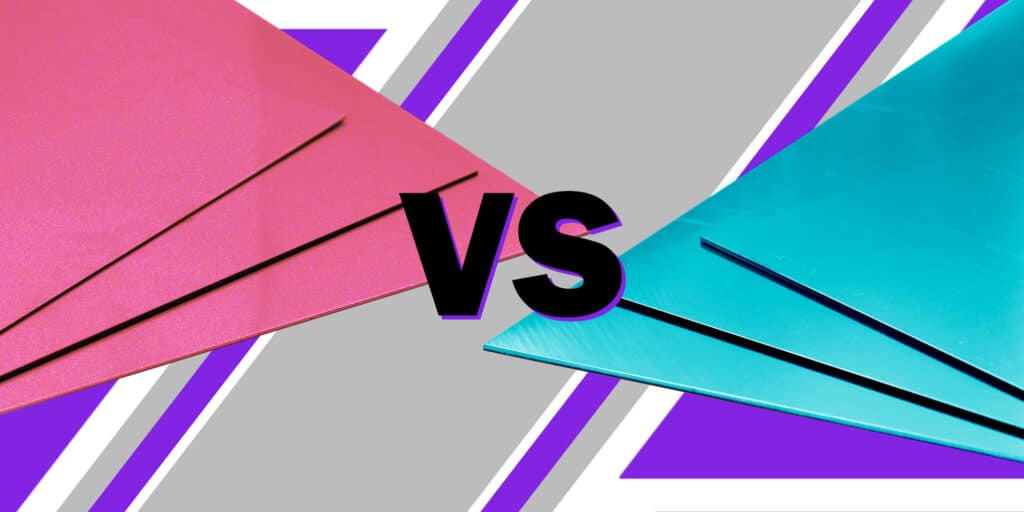
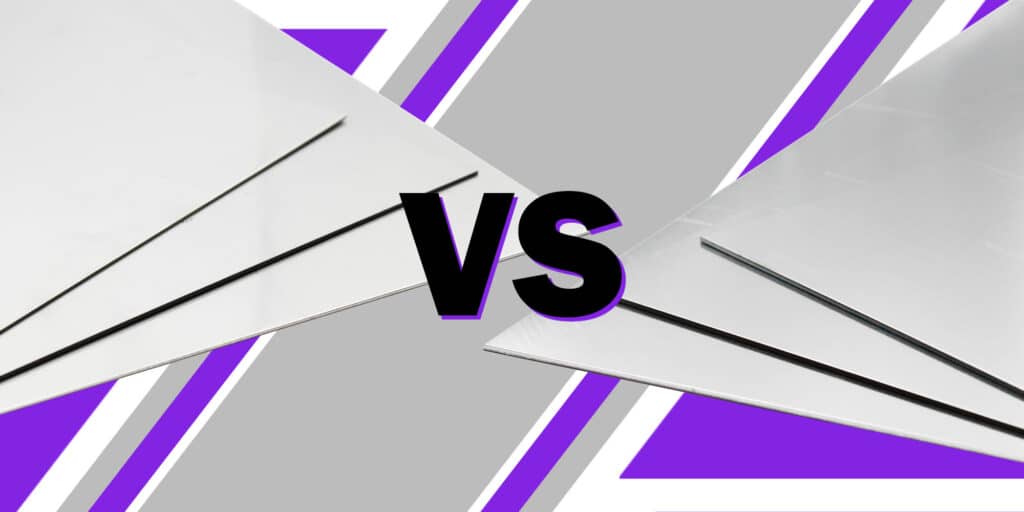
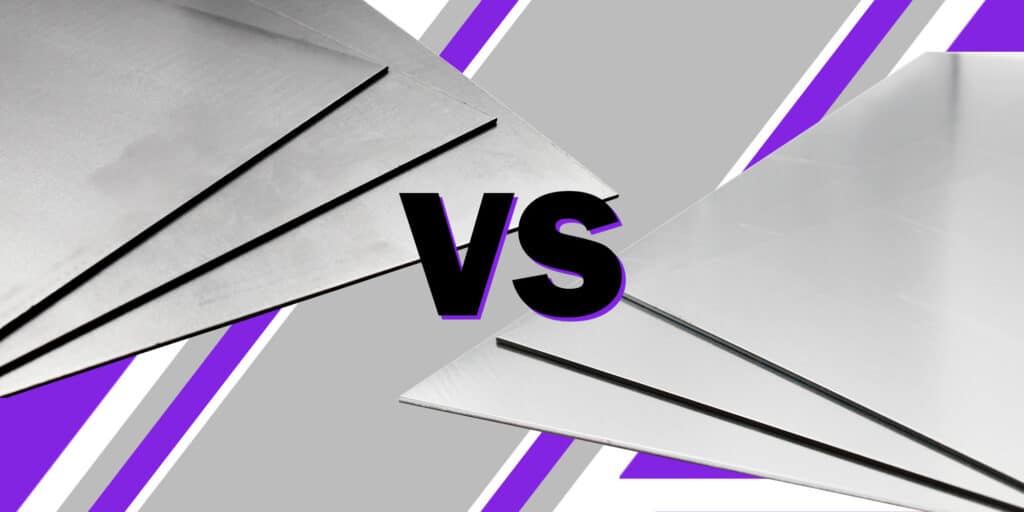




Speciality Metals
Unit 1, Farrell Street, Warrington,
Cheshire, WA1 2WW, United Kingdom
Quick Links
Payment Options
